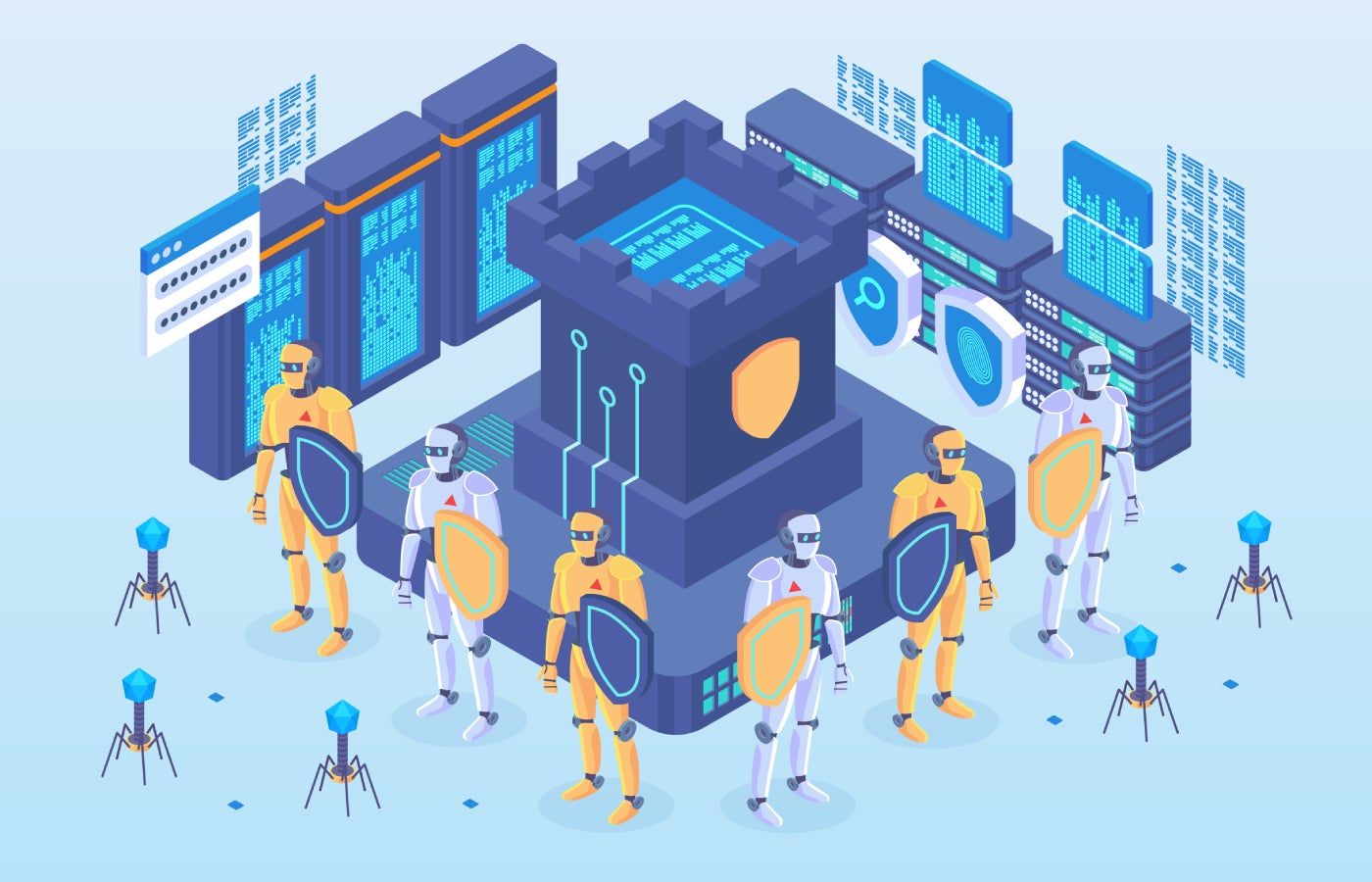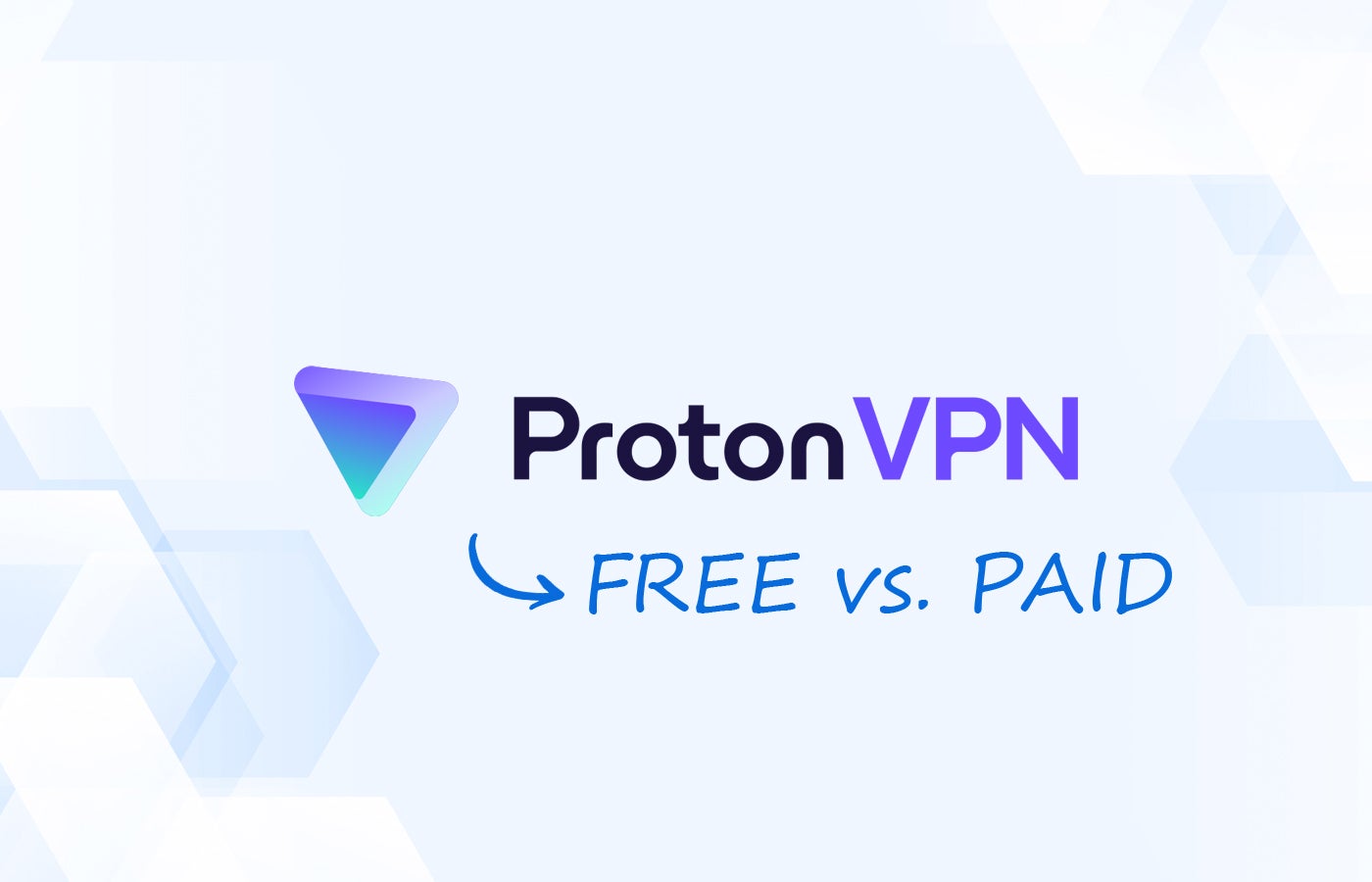Public sector CIOs in Australia and New Zealand face a “tough 12 months” managing their technology assets amid cost constraints, according to a leading Gartner regional analyst. However, there is optimism that investments in AI will deliver the productivity gains that many anticipate.
Gartner recently released public sector results from its CIO Technology Executive Survey. The firm found that 94% of New Zealand government CIOs named data analytics as their top technology investment by 2025, followed by investments in cybersecurity (91%) and application modernization (85%).
Dean Lacheca, vice president analyst at Gartner, told TechRepublic that an austerity mentality was at play across government agencies. “Frustrated” CIOs faced another year of relatively flat budgets when accounting for inflation, with little appetite to undertake large ICT projects.
“Right now, we are probably in one of the most difficult periods of austerity,” he said. “There is an understanding that this will not be a period of mass, accelerated adoption of technology.”
Productivity increases and becomes a key result for government CIOs
Lacheca said the prioritization of investment in data analytics and cybersecurity has remained constant in recent years. However, this reflects slow progress, as investments in these areas face challenges, such as keeping up with the changing threat vectors affecting cybersecurity professionals.
“The Australian federal government has done a great job in its cybersecurity efforts,” Lacheca said. “But if you look at the Essential Eight and the movement toward the Essential Eight, it's still…relatively slow in that particular space.”
SEE: Private sector technology investment will be led by cybersecurity in Australia by 2025
Adding to the continued focus on data analytics and cybersecurity is now a growing desire for “human capital effectiveness,” as 94% of CIOs surveyed by Gartner prioritize productivity-driven results, a significant increase from to last year. The productivity boost comes as IT and the rest of government are driven to increase efficiency.
“We see a real contrast,” Lacheca added. “We see that some of the high-profile and modernization government projects and efforts continue to be funded; But if you look at overall IT investment across governments, [CIOs] “We have been under a lot of pressure in recent years.”
Government CIOs Name AI Among Their Top Three Technologies
According to the Gartner report, the top three technologies that ANZ government CIOs said they have implemented or plan to implement in the next 12 months are:
- Industrial cloud platforms (59%).
- Generative AI (56%).
- Low-code/no-code platforms (53%).
Industry cloud platforms
Lacheca said the prominence of industrial cloud platforms reflects a shift toward adoption of more common platforms across the public sector. While there is no significantly differentiated technology, such as more advanced industrial clouds for financial services, this shift promotes greater standardization across agencies.
SEE: How a sovereign cloud boom is happening in APAC
AI and generative AI
Lacheca said the “surprisingly high levels of interest in AI” seen in the government are primarily due to the hope that it can help with agencies' productivity demands. However, after a period of hype around generative AI, CIOs have become more realistic about the challenges of implementation.
Although CIOs want AI to deliver more productivity, Lacheca said their current role is often to “mitigate risks” in that space.
“They have to be the ones slowing down that process, because they're trying to make sure we approach this with a balanced risk perspective,” he said.
SEE: Generative AI could be a source of costly mistakes for tech buyers
Low code and no code
According to Lacheca, low-code has been a huge growth area in recent years. He said the main reason for this is that government CIOs were trying to “avoid the mistakes of the past,” which created a “whole pile of bespoke legacy technology,” causing a problem they have to deal with now.
Low-code platforms can also help IT teams close talent gaps, he said: “It's very difficult to find IT professionals in specific technologies. So they see low-code as an opportunity to close some gaps in terms of talent, where they can leverage their own internal skills.”
CIOs will continue to champion the value of IT
In addition to managing technology risk (82%), CIOs' top priority is demonstrating the business value of IT in government (68%). Lacheca said ANZ government CIOs were still trying to change the “corporate services type mentality” that comes from IT's past.
“They're still trying to educate or communicate the value they bring to the organization itself,” he said.
Looking ahead to 2025, Lacheca said he hopes there will be a continued shift in government thinking about what legacy technology is actually costing. He said there is a lot of fear around undertaking large IT investments and projects, which can lead to governments “kicking the can down the road”.
“I think there's going to have to be a level of ownership in how we begin to mitigate that risk and how we do it in a way that we actually generate some of this productivity gain,” Lacheca explained. “There is a real business case for the gains we will make if we start alleviating some of the legacy [technology] that we have.”












